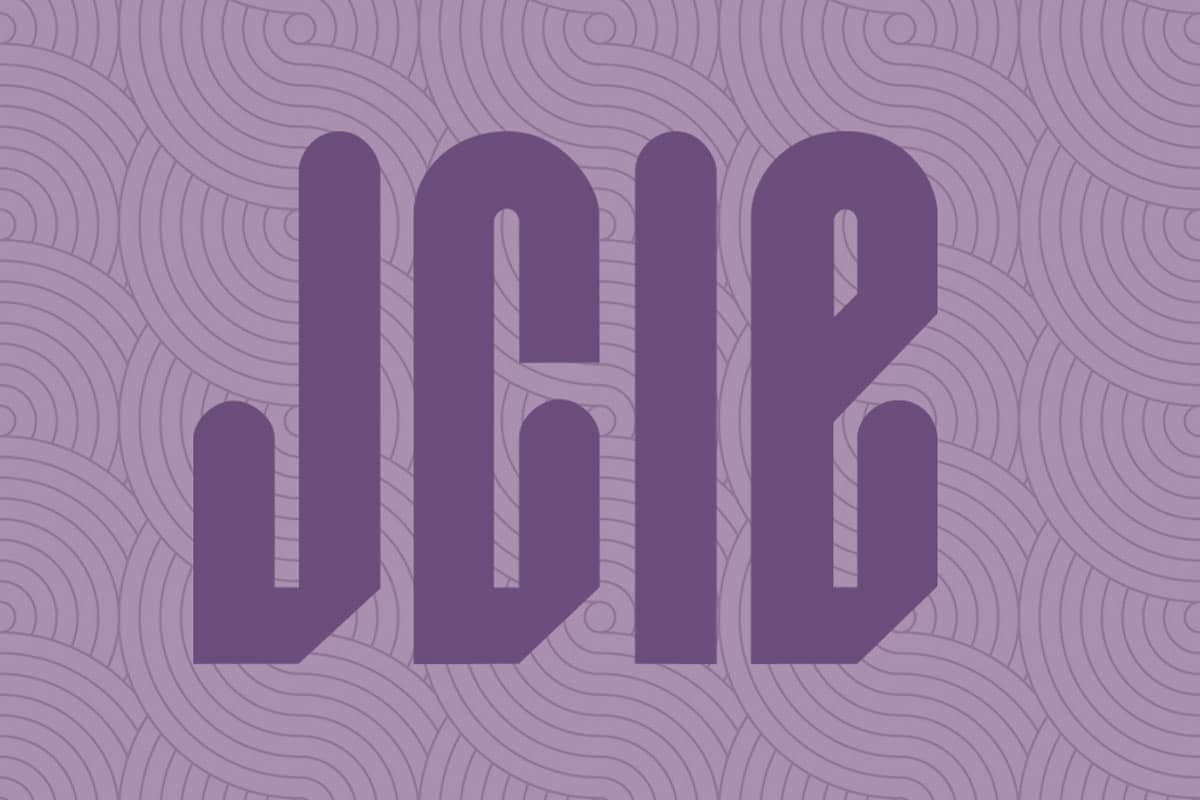It must have been 11:00 am when I rushed from my office to Tadashi Yamamoto’s midtown hotel, crossing streams of shell-shocked office workers trudging up Sixth Avenue as fighter jets screamed overhead. An impossibly tall column of smoke towered above the downtown. We had a meeting scheduled for later that day, September 11, 2001, and I understood that Tadashi’s intention was to offer me the job as executive director of JCIE/USA. But now, imagining he was stranded alone in a foreign city, halfway between two other potential terrorist targets, Times Square and Rockefeller Center, I wanted to check if he might join me and my coworkers as we walked north to my apartment, where it would be safer. When I got to his hotel, though, I found a half dozen people in his suite running a control room operation to contact 15 teams of Japanese leaders who had fanned out across the United States for events commemorating the 50th anniversary of the US-Japan alliance. I came away realizing that there was much more than met the eye with Tadashi. And it was starting to dawn on me that work at JCIE would never be mundane.
The job officially started on November 1, 2001, and I was excited to launch a number of new, vaguely inspirational exchanges and projects. But I quickly learned that operating a nonprofit like JCIE/USA required being hardnosed and ruthlessly pragmatic. Feel-good, flashy initiatives would not cut it. In addition to having a shot at driving real change, our projects had to excite political players who had their own, often divergent public and private agendas and they also had to attract sufficient funding. The financial challenges were daunting and they made it tempting to chase funders’ money. But one incident taught me that while compromise was necessary, true leadership required knowing when to draw a line and stick to one’s core values.
JCIE has been a pioneer in nurturing US-Japan philanthropy, and it has facilitated more than $30 million in charitable giving to worthy nonprofit organizations over the past four decades. One or two years into my tenure, Tadashi informed me that JCIE/Japan was in discussions to launch a donor advised fund on behalf of an American tobacco company, and in addition to supporting community groups in Japan, it would be a boon for our then-financially-strapped operations by providing us with extremely generous administrative fees. At the time, tobacco companies were still seen as respectable in Japan. However, this one had been utilizing coverage of their charitable giving in the United States to get around the ban on tobacco advertising, so I felt obligated to tell him that the company was likely to use us as well to polish its public image. To my surprise, several days later, Tadashi showed up at the meeting intended to finalize the project and informed company executives that we were withdrawing because it crossed a moral line for JCIE. It was not until later that I learned senior staff at JCIE/Japan had not taken their salaries for several months, and I realized just how big of a sacrifice it had been for Tadashi and my other Tokyo colleagues. Remarkably, I never heard a single complaint about the decision. That incident cemented my loyalty to Tadashi and the organization.
I also had an early lesson about the importance of personal ties—and that people’s public personas do not always reflect their private character. In January 2004, a day or two after returning to the office after winter break, I received a phone call from a flustered diplomat at the Japanese embassy with a message that Defense Secretary Donald Rumsfeld had been trying to reach me. I contacted Secretary Rumsfeld’s aide, and she said he had heard that JCIE was bringing a delegation of Diet members to Washington DC the following week and was curious whether we could find time to meet with him. Rumsfeld was a 1969 alumni of our US-Japan Parliamentary Exchange Program and normally he would be one of the first people we would ask to meet. However, sensitivities about the US entrance into the Iraq War ran high among Diet members—and within JCIE—so Tadashi had decided it would be too awkward to request a meeting this time. But he did send a Christmas card to his friend in which he mentioned that he would be visiting the United States.

Our phone call took an even more surprising turn when, before hanging up, Rumsfeld’s aide said he had one more request, and that was for him and Tadashi to split away from the group to meet privately. She explained that Rumsfeld could talk with the Diet delegation for 30 minutes and then arrange for senior officers to speak for the next half hour while he huddled with Tadashi. Stunned at the access being granted to our group, I blurted out, “Yes, of course!” Later, when I pressed her on why Rumsfeld wanted a private meeting, she explained that he was concerned about Tadashi’s wife, who had been diagnosed with breast cancer, and he wanted to make sure that Tadashi was alright. It turned out that the high-level program doubled as a ruse so that he could comfort an old friend, who had let it slip in his Christmas card that his beloved wife was ill.
Tadashi inspired such dedication from friends around the world, in part because they could always trust him to ensure that any initiative he brought them into would be genuinely substantive and meaningful, but also in part because he approached his work with a contagious sense of joy. The only thing that made him happier than serving as ringleader for a daylong marathon of policy discussions with public intellectuals from across the globe was to retire later with a few of them to the Hotel Okura’s Orchid Bar to dream up three more new policy projects over martinis. His wife used to tease him for bouncing out of bed early every morning like a little boy, excited about the meetings he had that day, but that excitement managed to infect those around him, propelling them to take on bigger challenges than they had dreamed possible. That was one of the secrets to his success in building up JCIE to be a major force in US-Japan relations and international affairs.
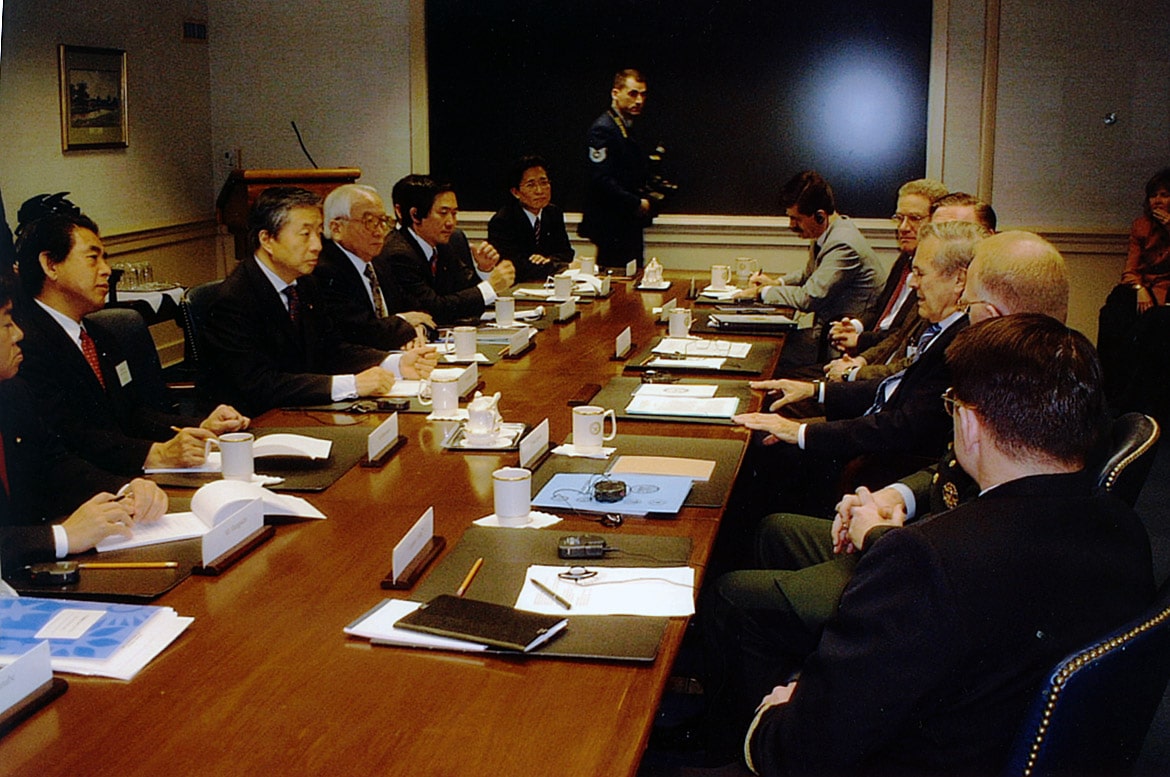
Early on, Tadashi taught me that one of JCIE’s greatest strengths is the organization’s capacity to bring together leaders from different walks of life who otherwise might not cross paths, and that sensibility has continued to infuse our work after his passing in 2012. This was demonstrated in one of the initiatives we launched after Japan’s massive 2011 earthquake and tsunami. A wide array of American humanitarian groups had raised funds for the disaster response and tried to find Japanese partners to get that aid to suffering communities. However, it quickly became apparent that size mismatches between the Japanese and overseas NGOs made partnerships excruciatingly difficult to manage—the largest Japanese humanitarian organizations typically operated with 20 to 30 staff members and annual budgets around $3 million, while their would-be American partners often boasted thousands of professional staff and incomes north of $100 million per year. And this imbalance hampered more than just the immediate disaster response. Given how a growing proportion of the world’s humanitarian assistance is channeled through NGOs, it also threatened to turn genuine US-Japan cooperation on international disaster responses into an impossible dream. It was clear to those of us working to bridge overseas NGOs and local Japanese responders that the only sustainable solution would be to build up the institutional capacity of Japanese NGOs so they could better collaborate on overseas humanitarian assistance.
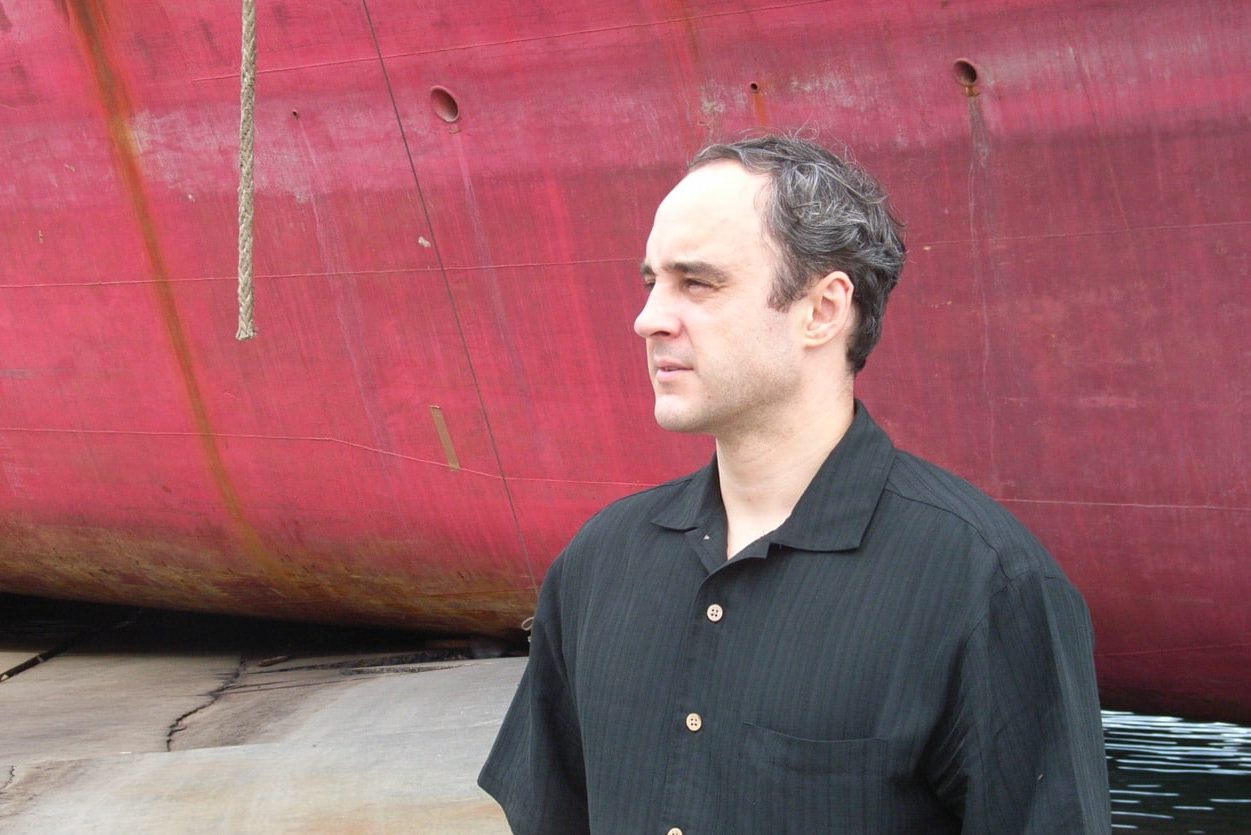
In 2015, Deko Katsumata of JCIE/Japan and I teamed up with Mercy Corps’s Japan representative, a seasoned disaster responder named Randy Martin, to bring a delegation of Japanese legislators to Washington DC to discuss disaster cooperation as part of our US-Japan Parliamentary Exchange Program. The twist this time was that we would bring not just up-and-coming Diet members, but also four of the country’s top NGO leaders who headed humanitarian assistance organizations. By inducing them to travel together as equals—which was not normally how Diet members and NGO representatives saw themselves—we felt we could encourage the Diet members to rely on the NGO leaders as an alternative source of firsthand information while enlisting the Diet members as champions to remedy some of the systemic factors that had kept Japan’s NGOs so weak. In their meetings with Congressional members, White House officials, development experts, and American NGO leaders, our “Diet-NGO team” heard repeatedly about how NGOs in the United States had grown to become “strategic partners” of the government in humanitarian assistance and development.
Fired up, they returned home and launched a number of reform initiatives. The most obscure one was the most consequential. The Diet members and their allies pressed the foreign ministry to liberalize rules for government funding of NGOs by allowing ones receiving government support through the Japan Platform funding mechanism to use a percentage of their grants to cover indirect costs for headquarter operations. Most of the funding for Japanese NGOs to engage in international humanitarian assistance comes from the government but, until then, it could only be used for activities carried out overseas in the field and not to reimburse the expenses of the NGOs’ managers, accountants, and others supporting programs from their headquarters. In practice, this meant that it was almost impossible for Japan’s humanitarian NGOs to grow because they were always operating at a deficit. This step essentially freed up $5 million per year for the NGO community to strengthen its institutional capacity and, several years later, it is clear that the sector has grown considerably, presumably making it better equipped to partner with organizations from the United States and elsewhere the next time a major disaster strikes.
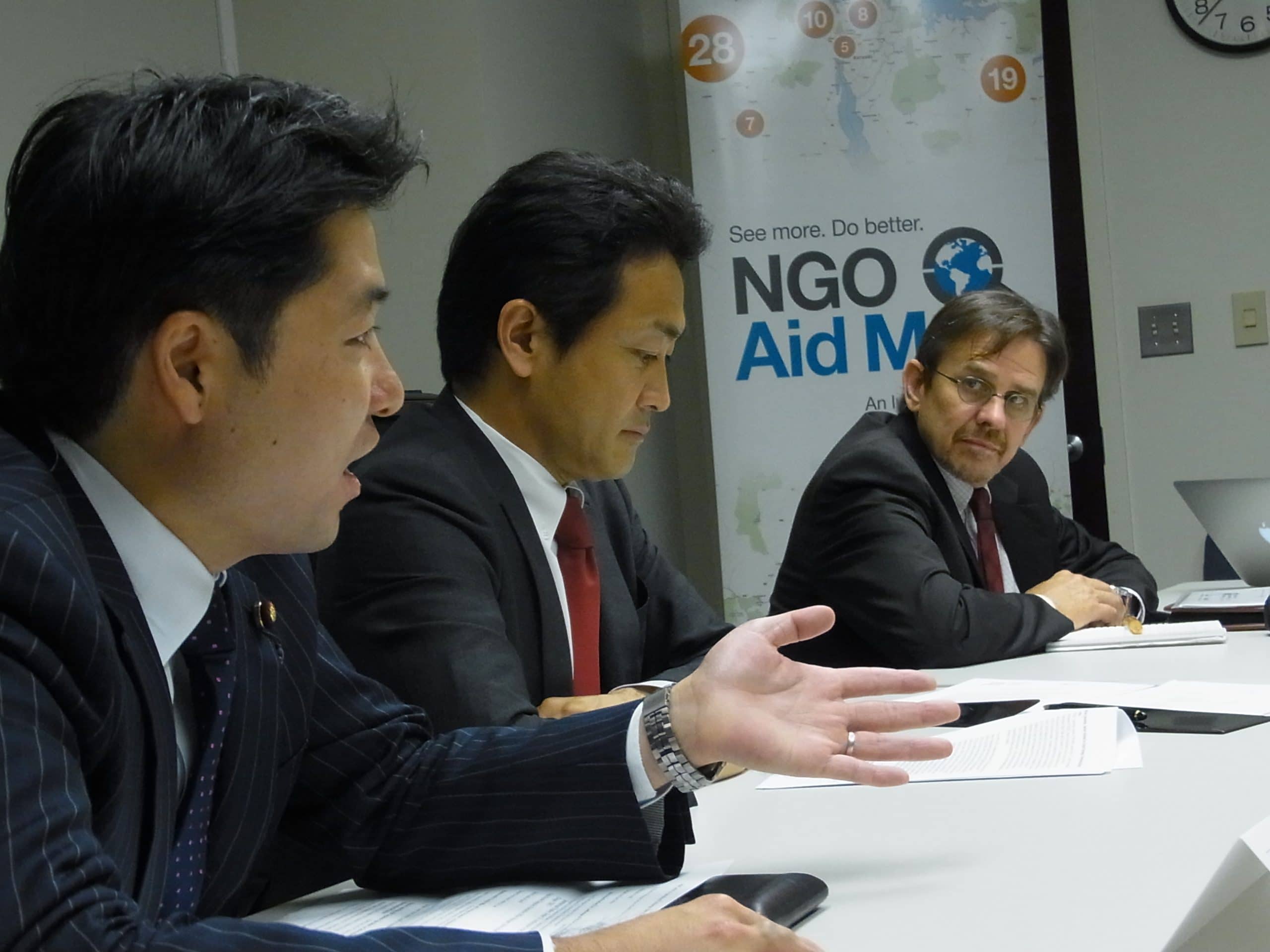
JCIE’s nimbleness paved the way for this by first making it possible for us to quickly launch a fundraising campaign to support Japanese nonprofits after the 2011 earthquake—we eventually facilitated more than $6.7 million in American giving to organizations in the devastated Tohoku region. That same agility and flexibility allowed us to contribute during one of our darkest periods, as the COVID-19 pandemic was sweeping through JCIE/USA’s home city of New York. In March 2020, our longtime partners at the UN Foundation teamed up with the World Health Organization to launch the COVID-19 Solidarity Response Fund to channel donations for the WHO, UNICEF, UN High Commission for Refugees, and other organizations to respond to the pandemic in the world’s poorest countries. We soon joined them to facilitate donations out of Japan and surprised ourselves by collecting nearly $8 million from companies and individuals. The money meant a lot, but the work itself also had profound significance for us at a more personal level. At the time, all of us at JCIE/USA were confined to our homes, surrounded by the constant wailing of ambulances ferrying dying neighbors to the hospital, and this effort allowed us to fill the days opened up by cancelled events with more direct action to help others around the world. Amidst a cascade of hopelessness and dread, this gave our lives and work a meaning larger than our individual concerns and somehow it made it easier to bear through the darkest days.
Two decades of struggles and triumphs like these alongside an extraordinary group of colleagues in New York and Tokyo makes departing JCIE/USA difficult, and that is only amplified by my love for the institution. But this is more than counterbalanced by the sense of satisfaction that comes from knowing that this valuable institution is left in the hands of such caring and talented staff and leadership—including a dynamic new executive director. Ultimately, when reflecting on my departure, my mind goes back to how Tadashi lived. As a young man, he was unafraid to take bold leaps when he felt in his gut that something was right—that was why he was audacious enough to leave a secure and prestigious post to launch JCIE, despite knowing that nonprofits in Japan faced an uphill struggle to survive at the time, let alone flourish. In his later years, he also confided in trusted friends about how he wrestled with his understanding of the importance of finding a successor and managing a smooth leadership transition, although in the end his attachment to his organization and the joy he took from running it left him still at the helm when he passed away. So, the value of knowing when it is the right time to pass on the torch is the final lesson I took from Tadashi and this extraordinary organization.
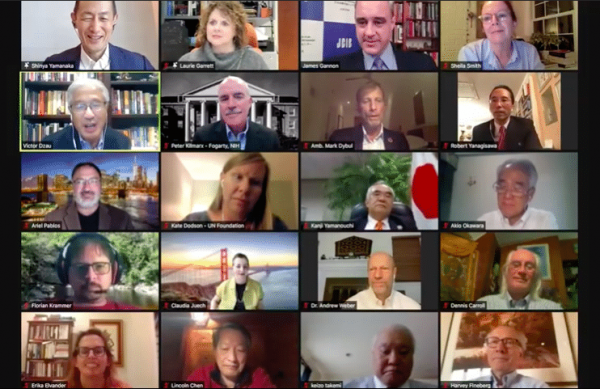
Jim Gannon is executive director of JCIE/USA. He joined the organization in November 2001, and he will step aside in April 2021 and stay engaged as a senior fellow.
By James Gannon

